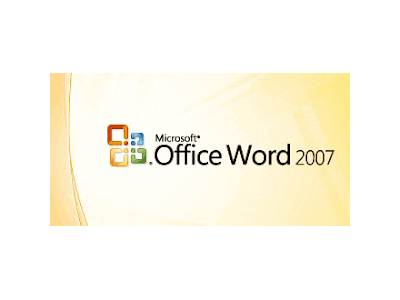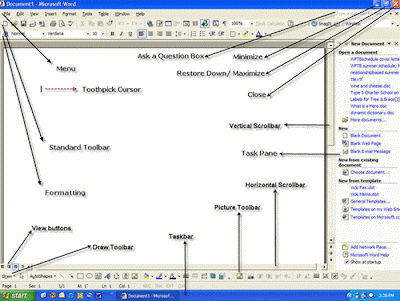
In a Nutshell
1. Word is used for creating great looking documents like –
- Letters
- Reports
- Notices
- Manuals
- Brochures and many more
2. A document in Word can be made presentable by –
- Appropriate use of Fonts, Styles, Colors, Spacing and Effects
- Adding Header and Footer to maintain coherency / integrity
- Inserting relevant and vivid pictures / images
- Use of Bullets / Numbers in various formats
- Decorating with Borders and Shading
3. Word facilitates preparing a print-ready document by –
- Accurate Page Setup for printers
- Adequate space for Header and Footer
- Embedding pictures and images
- Using universal true-type fonts
- Exporting the document to PDF
4. Word is a great editor as it can –
- Spell checks every word as you type
- Grammatical errors are underlined with suggested options
- Uses different dictionaries for different priorities
- Thesaurus is available as ready reference
- Spaces, punctuations and patterns are also audited
5. Your documents are safe in Word as you can
- Track the Changes in your document
- Save Versions of your document at different stages
- Protect your document with a password
- Choose to hide the selected contents with different options
- Automatically saves / recovers documents in case of accidental closure
6. Use Word as a Page Maker because –
- It provides chosen layout / ZOOM views of the document
- Keeps count of not only no. of pages but also words, nonprinting characters
- You can authorize the document from it’s properties
- Inserted Pictures can be edited / formatted with numerous settings and options
- Margins could be set with a great variety of requirements
7. Speed – it matters most – with Word
- Efficiency is great while working with Word
- Take Quick Views / Prints before finalizing the document
- Rearrangement of Lines / Sections / Charts / Pictures is child’s play
- The size of file is kept optimum, with the same quality, for transfer
- The Graphical Add-ins can spice up your document within minutes


 Tomorrow we will conclude Word and move on to Excel.
Tomorrow we will conclude Word and move on to Excel.







































